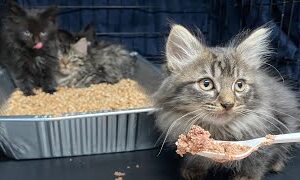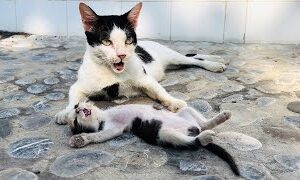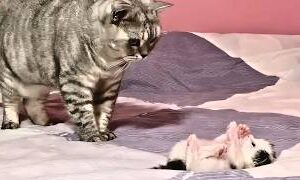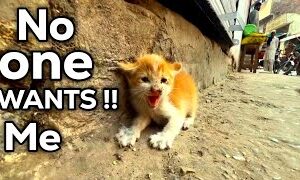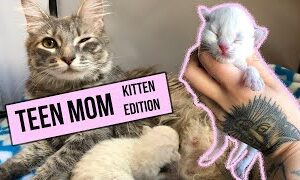Today, cat obesity is at an all-time high, often leading to severe health issues like digestive problems, kidney disease, and even cancer. While diet, environment, and genetics play big roles, meal frequency is another factor cat owners often overlook. A recent 2022 study showed that meal frequency could impact the health of pets, with more meals potentially reducing risks of GI issues and other diseases in dogs. But what about cats?
Many cat owners rely on free-feeding, where dry food is left out all day for cats to graze on. While convenient, this approach can lead to over-eating and obesity, as dry food is designed to be highly palatable, making cats more likely to overindulge. Research shows that feral cats in the wild eat around five small meals daily, reflecting their natural hunting and feeding instincts.
If you want to bring your cat’s feeding closer to its natural pattern, try feeding three meals a day instead of two. Splitting your cat’s daily food into smaller portions can help control weight and promote a healthier, more active lifestyle. Avoid free-feeding dry food and, if possible, consider healthier, portioned alternatives to support your cat’s well-being.
